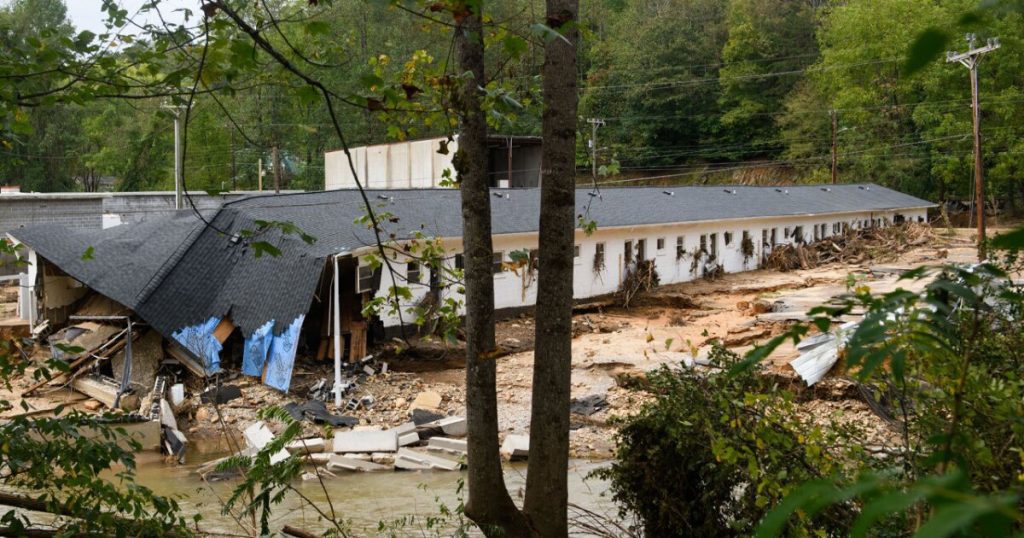Melissa Sue Gerrits/Getty Images
Banks responded to disasters in North Carolina and California with major rebuilding commitments. These efforts have extended into the philanthropic realm, prompting bank foundations to reorient priorities and push recovery to the top of the list.
That was the case with Truist Financial’s charitable arm. The $531 billion-asset Truist created the Truist Foundation in 2019 with a vision of promoting economic mobility and small-business development. While those remain core principles, disaster-relief activities — first
“Unfortunately, we are seeing an uptick in natural disasters across the country,” Truist Foundation President Lynette Bell told American Banker. “We want to make sure the Truist Foundation supports our communities in unexpected times of need.”

Following Helene, which unleashed catastrophic flooding on western North Carolina, the Charlotte-based Truist announced a three-year, $725 million
“North Carolina is Truist’s home state,” Bell said. “We have proudly served western North Carolina for decades. When the devastation happened, our CEO was very adamant that we needed to do something uniquely different. It wasn’t just about writing that philanthropic check. … We’re in it for the long haul.”
But in response to the mandate from Chairman and CEO Bill Rogers, the foundation also laid the groundwork for a more ambitious, multiyear response. It pledged to distribute $21 million in grants supporting housing, small businesses and mental health. The foundation will work with the Center for Disaster Philanthropy to allocate funding, leveraging CDP’s network of connections to nonprofits and other community groups.
A similar process is playing out in California, where
Similarly, the $94 billion-asset City National Bank in Los Angeles and its corporate parent, Royal Bank of Canada, dedicated $3 million to a collection of community groups assisting with relief efforts, an amount that included a contribution from the RBC Foundation USA.

The Los Angeles-based Banc of California created a Wildfire Relief and Recovery Fund, seeding it with a $1 million donation. “We are now focused on partnering with the right organizations so we can distribute the funds in a way that will have the greatest impact for those who are recovering,” Jared Wolff, the $33.5 billion-asset company’s CEO, said in a statement to American Banker. “We are also encouraged by the number of funds that were launched by banks and other companies. Now is the time for the business community to come together and help Los Angeles build back better.”
According to CDP CEO Patricia McIlreavy, funding for disaster relief and recovery “is on an upward trend, even if you control for some levels of epidemic-related funding.” The group’s latest State of Disaster Philanthropy Report, which covers 2023, showed disaster-related giving remains well-above pre-COVID levels. These donations, which totaled $219 million in 2019, were at $1.7 billion in 2021, the most recent year data was available from the Internal Revenue Service. McIlreavy, moreover, said her group “is seeing greater interest, greater commitment and greater consistency in donations from philanthropy,” especially from banks and other corporate sources.
In North Carolina, the CDP has begun making grants out of the Truist Foundation pool, including one to support a disaster case manager to help residents navigate the process to receive funds from the Federal Emergency Management Administration and other government agencies.
“Every project that we’ll be supporting through Truist is not some big-ticket item,” McIlreavy said. “It’s sometimes relatively small interventions that can actually be incredibly life-changing for the communities.”
“Our mission is helping [philanthropic foundations] get money as close as possible to communities and into innovative programming they themselves might not have the bandwidth to do,”McIlreavy said.
